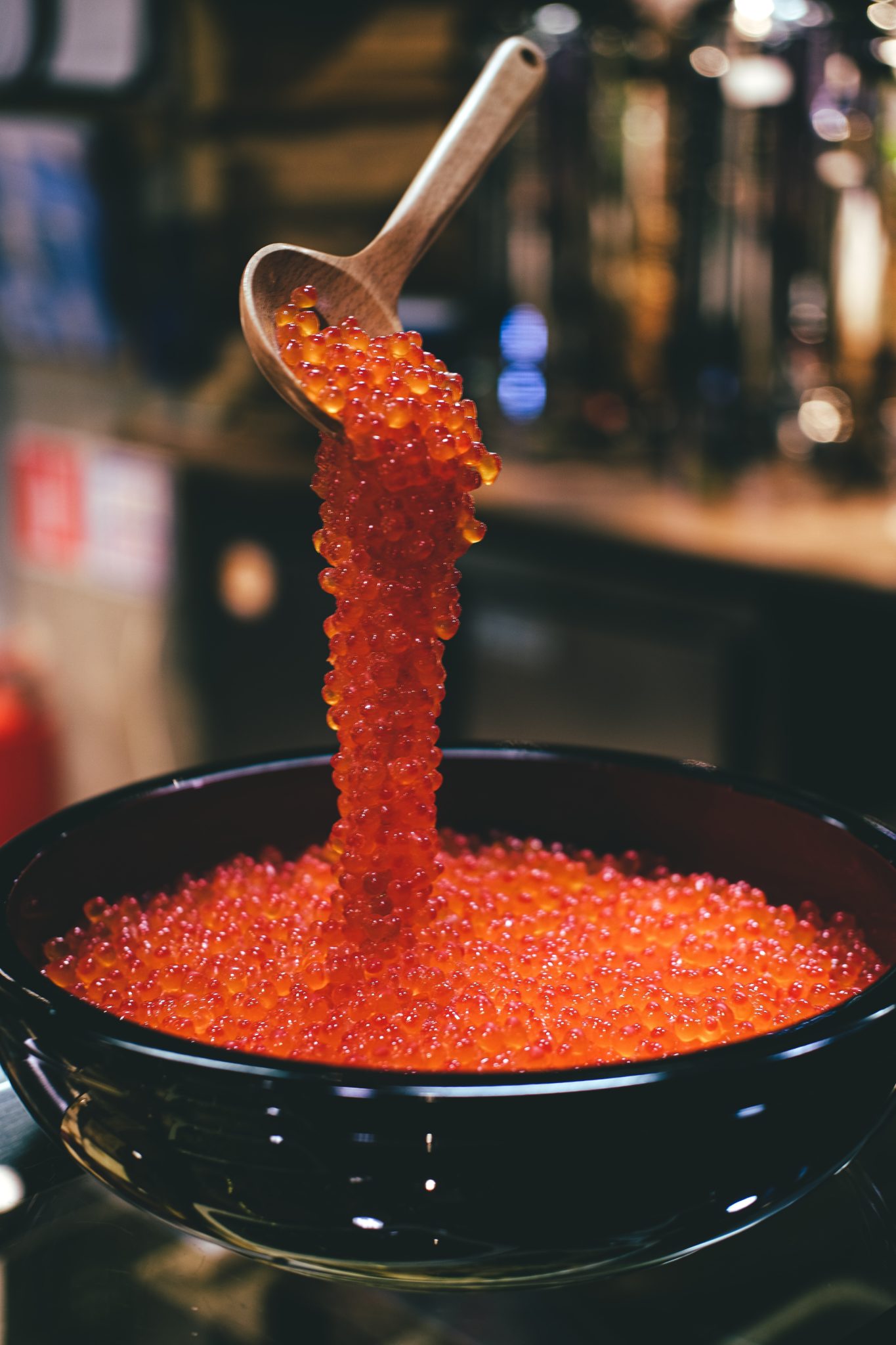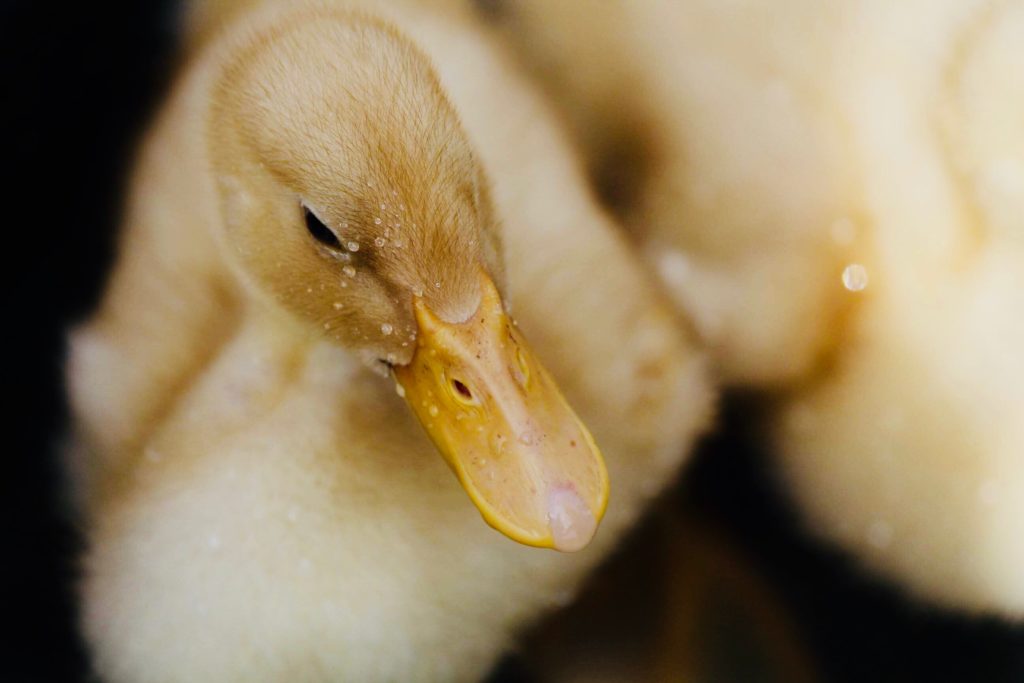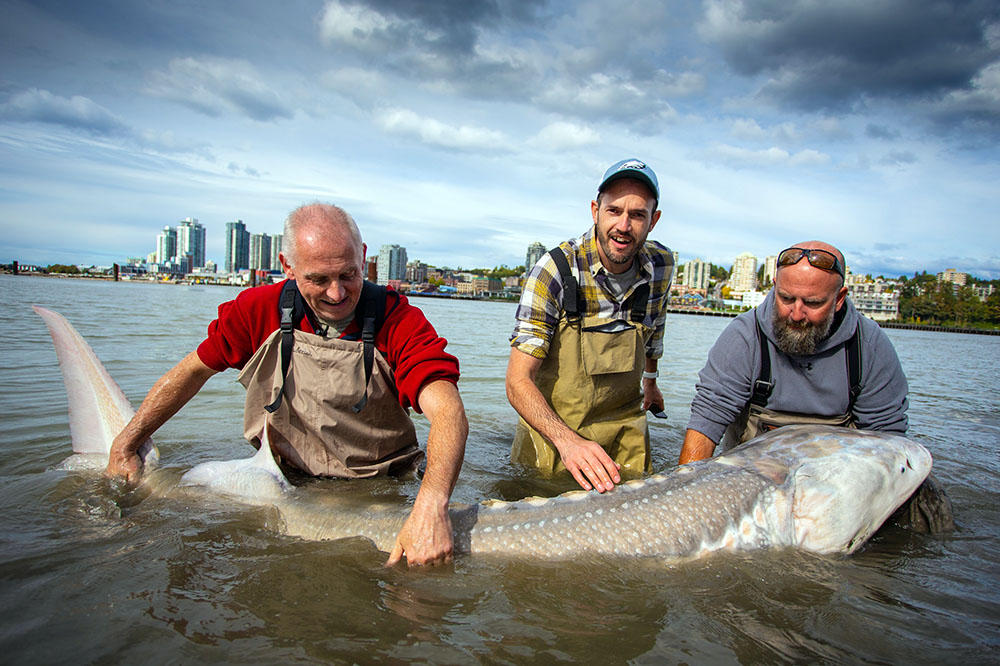In the world of fine dining, even the smallest portions can cost an entirely different meal in itself—and perhaps more. Beyond big plates and rows of silver cutlery, do we understand the value of our food and the process it went through before it ended up on our table? Here are things you need to know about some luxury food items.
Caviar
Often consumed as a garnish or spread, caviar (salt-cured fish roe coming solely from the sturgeon family) is one of the most expensive delicacies in the world. Why do these tiny eggs sell at such an exorbitant price and even coveted as a status symbol?
The three main sturgeon species are Beluga, Osetra and Sevruga. Salted eggs from non-sturgeon fish species are called fish roe. Therefore, caviar is a type of fish roe but not all fish roe is caviar. The type of fish from which roe is acquired is the sturgeon family—a 27-species fish group on the brink of extinction—that explains why caviar is nowhere near cheap.

Another thing that makes caviar expensive is that it’s hard to produce. True caviar is the epitome of the slow food movement. A female sturgeon can take eight to 20 years to sexually mature and although it can produce millions of eggs, the probability of having at least one survive until adulthood is low. For farmers to obtain the eggs, they have to kill the fish—after which they have to wait another decade or so for the next batch of sturgeon to mature before they can harvest roe again.
There is a process today, however, called no-kill caviar. A sturgeon’s eggs are viewed by ultrasound. Once the eggs are ready for harvest, a special protein is administered to “induce labor.” The eggs will then be released in a membranous sac by gently massaging its belly. German scientist Angela Köhler, who pioneered this new caviar production system, hopes to increase the population of sturgeon, and thus undercut the caviar black market and cause prices to dive.
The most expensive caviar, as stated in the Guinness World Records, is Almas (Russian word for diamond) from the Iranian Beluga fish priced at $34,500 per kilogram.
Harvesting these “black pearls” isn’t a process automated by technology—it has to be done by hand (which explains the higher production costs). It also requires a certain kind of packaging for the roe to be made into fine caviar. If the eggs aren’t collected within a certain period, it’s possible for them to become unusable.
When identifying the quality of caviar, the following factors are considered: color, size, maturity, separation, uniformity, fragrance, lucidity, firmness and taste. Caviar either falls into Grade 1 or A-Grade (above average) or Grade 2 or B-Grade (below average). A-Grade caviar has intact and unbroken large grains with a firm yet delicate texture. It also has a fine flavor and color, and a non-fishy odor due to its rich fat content. For a rarer quality product, some caviar experts rate them with a Grade 1+.
Grade 1A or Grade 1B refers to caviar that didn’t meet the standards of Grade 1 but is still a better quality than Grade 2. Grade 2 caviar are normal-sized with a good enough color and taste, but not as visually appealing. Those given a rating lower than Grade 2 are usually thrown away or used as a base to create pressed or semi-preserved caviar.
As a result of decomposition, cheap caviar has a sharp flavor and fishy odor due to microbiological and enzymatic spoilage. The eggs can lose their shape and release liquid that later on becomes a translucent slime, leading to mold and yeast growth. The bitterness in these types of caviar is often due to over-salting. Poor quality salt can also be the root cause of a bitter aftertaste. If the caviar is chewy, it means it’s too mature or over-pasteurized.
The salting process of caviar is called malossol—a Russian word that means “little salt.” The ideal salt content to preserve the highly perishable fish roe and bring out its natural flavors is three to five percent. Traditionally, the malossol process is reserved only for the highest grade caviar.
The most expensive caviar, according to the Guinness World Records, is Almas (Russian word for diamond) from the Iranian Beluga fish. Produced from a 60-100-year-old rare albino sturgeon from the southern Caspian Sea (the world’s largest inland sea that has been home to the sturgeon family for millions of years), where there’s apparently less pollution and the ideal plankton species for the best fish diet, the Almas is priced at $34,500 per kilogram.
But there’s another kind of caviar that can rival the Almas in terms of price: The Strottarga Bianco, like the Almas, comes from an albino sturgeon, but it’s laced with 22-karat gold (some don’t consider it true caviar for this reason). A teaspoon can already cost you $40,000.
Truffles
We’re not talking about the chocolate dessert.
Truffles are wild underground fungus that grow in dark areas with moisture on warm days and cool nights as well as on certain types of trees like oak, pine and hazel. Some truffle varieties take four to six years to grow, and once they are out of the ground, they usually don’t last long. The more time they spend outside, the quicker they lose their distinct smell and flavor, which are often described as umami-like and moldy. It’s nearly impossible to cultivate them because of their delicate growing conditions.
It’s also another thing to forage truffles. As they mature, they release a smelly compound that makes them detectable by animals. Often, people who want to find truffles use female swines (the truffle smell is like testosterone to them)—but because swines tend to eat these truffles, hunters started to train dogs to aid them in finding these special fungi. The hunters then unearth the truffles, leaving a portion in the ground to act as a spore and repopulate.
Some species of the truffle are winter white, winter black, autumn black, summer black, muscat black, musky black, Chinese black, Himalayan black and white truffle. The most affordable variety are black truffles, which are freezable, less rare and are available for longer periods compared with other—the complete opposite of white truffles.
These white truffles lack an outer shell, making them more susceptible to elements and in turn more expensive (it can cost as much as $3,500 per pound). In contrast to the black olive flavor of black truffles, white truffles have a delicate, earthy taste, like parmesan cheese with mushroom. A shortage of these truffles in 2017 cost a set of white Alba truffles over $85,000. And that weighed less than two pounds.
Aside from their rarity, truffles lose around five percent of their original weight every day as their water content immediately evaporates. Because of this, they need to be harvested, processed and transported right away. Even their distinct earthy smell can easily dissipate in a span of five days due to its short shelf life.
Deforestation and climate change pose grave threats to truffles since they need trees in order to grow. Add to that the ever-growing list of products that continue to use truffle as more than just garnish and toppings: truffle butter, truffle salt and truffle honey. There’s also the infamous truffle oil, which, according to some critics and chefs, isn’t actually truffle, but merely an infusion of chemicals mimicking its aroma and flavor.
The global truffle trade has seen lawsuits, local rivalries and malicious tactics (with some people going as far as poisoning the truffle-sniffing dogs of their competitors). Some truffle operators would inject topsoil in the cracks of the mushroom to add to its weight or use mud and other deconstructed truffle pieces to cover up damaged parts. Others would mix Chinese truffles with European truffles and chefs would only notice it once they’ve sliced up the truffles and realize that some have more flavor than the others.
Foie gras
Foie gras is traditionally served either as an appetizer or garnished on top of steaks and burgers. What makes foie gras so special is that its fatty liver is intentionally made to mimic the flavor and texture of butter. In a force-feeding (and costly) process called gavage, the goose is fed fat-producing food. Because ducks and geese mature slowly (compared to chicken) yet tend to eat a lot more, it’s costly to raise them—about two and a half times more than raising chickens.
During the last two to three weeks of their lives, they are force-fed corn and grain through a metal tube a couple of times a day. As much as four pounds of food a day is fed, resulting in a fatty liver 10 times its normal size.
Animal activists consider foie gras an artificial and inhumane animal product. The politics and controversies surrounding the practice of gavage have forced foie gras farms to close. In the European Union, a dozen countries prohibit force-feeding despite supplying 90 percent of the world’s foie gras. Only a few remain today, which explains why a pound can cost as much as $50.
The fat content of foie gras is at 86.1 percent; an ounce of which contains 12 grams of fat and 42 milligrams of cholesterol. It may be smooth and creamy, but it poses a great risk to a person’s health if consumed regularly. Alzheimer’s, Huntington’s disease, Type 2 diabetes, rheumatoid arthritis and atherosclerosis are related to the buildup of irregular amyloid protein—a compound found in duck or goose liver.
The process of fattening up a duck’s liver isn’t as glamorous as the final product that reaches the table. In some cases, infection and painful punctures in the beak can occur. Some of them become so heavy that their legs can’t support them. Once they become sick and die from either ruptured organs or related conditions, they are simply tossed in trash cans or left lying beside the living ones still cramped into tiny cages.
Such is the case in the US’s largest foie gras producer, Hudson Valley Foie Gras, which has once marketed itself as “the humane choice.” In an investigation by People for the Ethical Treatment of Animals, it found out that a worker was expected to force-feed 500 birds three times each day.
It was also reported that workers routinely drag the ducks by the neck, causing the birds to choke and defecate in distress. A duck even had a maggot-covered neck wound so severe that water spilled out of it when it drank. Some birds were so fat and crippled they had to drag their body across the floor to move—but only if there was enough space inside the dark damp sheds they were in. Fifteen thousand ducks die annually in the farm while they sell 5,000 foie gras from diseased ducks on a weekly basis.

What do we make of these inhumane (and often desperate) measures to obtain luxury food items such as caviar, truffles and foie gras? Are we propagators of animal cruelty and unethical business practices—all in the name of fine cuisine?





